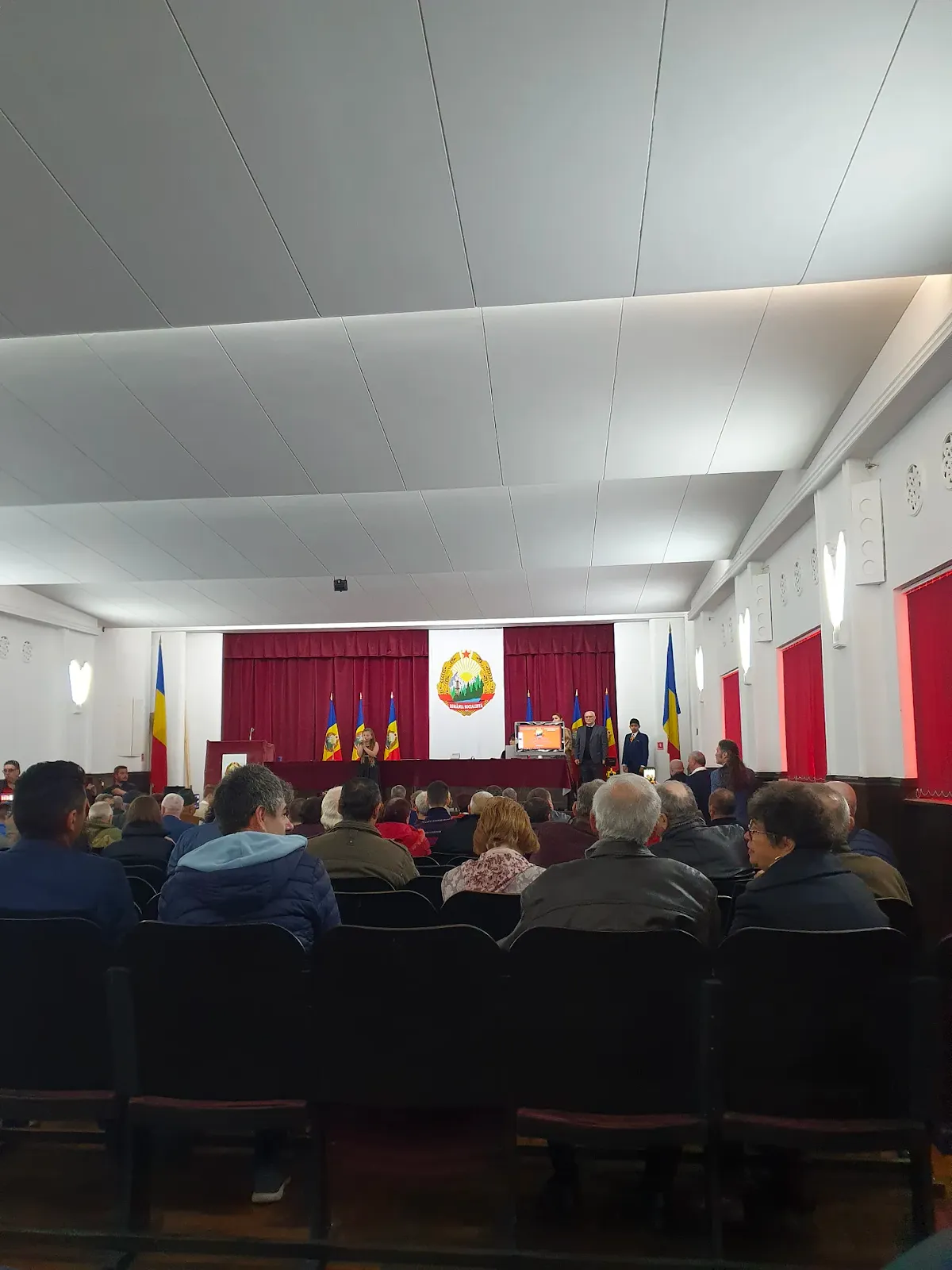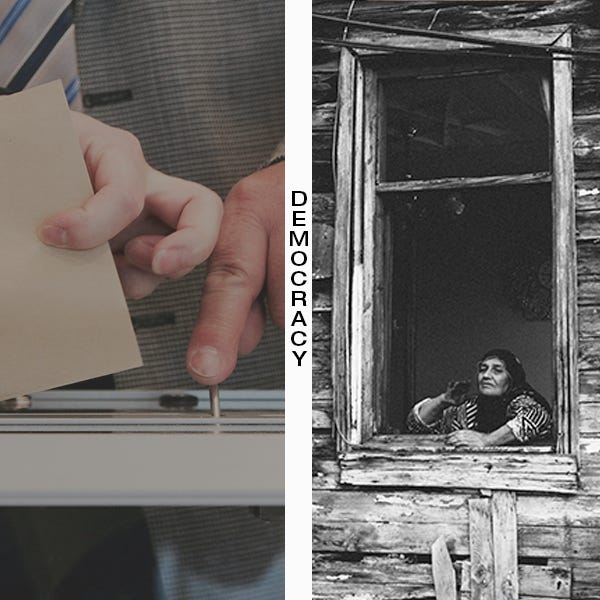On 30th December 2020, the current neoliberal Government (comprised of PNL, USRPLUS and UDMR) led by Florin Cîțu initiated the debate about Bill 226/2020, which was symbolically named the Train Bill – an allusion to the speed of a train, and how this bill will deal with multiple issues at the same time. The bill attracted lots of attention since it was accepted on the following day, and over the next couple of months it became more and more controversial. A major clause in it covered the suspension of pay rises for public employees, even though these were meant to happen according to Bill 153/2017. 153/2017 stated that up until 2022, all public employees would benefit from successive yearly salary increases of 25%, which were meant to alleviate inequalities and increase the standard of living.
Due to the current situation, or as the government said ”in the actual context of the budget, in which the use of public funds must be targeted towards stimulating investments in the economy, while financing public health measures which have a positive impact on the spread of COVID-19”, the increases in salaries were altered, and one might think that the budget allocated towards the Ministry of Health would be increased.
Unfortunately, that has not happened, and in fact the Ministry of Health is being threatened with a cut of 11.2% of its funds in the budget for 2021, compared to the previous year.
The Train initiated by Florin Cîțu seems to give a good deal of satisfaction to the voices that claim that those working in the public sector are too well-paid, while those working in private enterprises aren’t paid enough. The voices are many and they occupy a variety of spaces. There are TV shows on major news networks such as Statul la Stat on Digi24, which aims to reveal the absurd working situations of some state employees. They depict certain individuals who got their jobs through not very correct means, and try to draw the conclusion that the public sector is not working well, as it is based on a network of nepotism. Unfortunately, they don’t look into the private sector to understand the inequalities that occur there, and how the CEOs that claim to be working hard are taking trips to exotic locations, while they keep their employees on little more than the minimum wage.
Funneled by this anti-public-employee narrative, Bill 226/2020 proposed to offer the much-awaited economic growth, while limiting the possibility of having a disastrous budget. Looking at the problem solely from this perspective limits our ability to understand what is happening to those wage earners – the ones who will be affected the most by this law.
In order to better understand the situation, I reached out to SANITAS, the federation of labour unions that represent over 100,000 people working in the medical field. After talking to Claudiu Barbu, President of SANITAS Dâmbovița, with Cornel Stănică (Vice President of SANITAS Dâmbovița) and with Elena Stochița (Vice President of SANITAS Pucioasa and the mother of the author) I came to understand that the situation after the passing of the bill would become more difficult for those working in the fields of health and social care. We are not talking solely about medics and nurses, but also about the auxiliary personnel, those with higher education, the people behind the scenes without whom hospitals will not function as they should. Very often we tend to ignore these people, and regard the hospital as the place of nurses and doctors, without really thinking about who cleans the rooms, who drives the patients, who analyses the blood tests, etc. The hospital is not a place where the doctor alone cures the sick, but rather an organism in which each part plays its role, in order to make the whole function well.
To have a well-functioning organism, it is not enough to think about giving applause to the medical personnel, or writing long Facebook posts, saying how grateful we are for their work. That indeed helps, and can build solidarity amongst people, but we should not exclude the remuneration which they deserve when they work for us, for the community, for the ordinary people. Elena Stochița reminds us of the tragic situation before 2017 – the year when Bill 153/2017 was passed – when the entirety of medical personnel paid from public funds was suffering because of low salaries which did not offer financial security.
Considering the work that the medical personnel do, the situation does not look as bright as we would like it to be. If we focus solely on the salary levels of the doctors and nurses, we witness a significant change, because Bill 153/2017 introduced a special clause for them, raising their salaries to the target level of 2022, skipping all the yearly incremental changes. While for the others, there were repeated increases over the years, the nurses and doctors’ salaries went straight up. Claudiu Barbu stresses the importance of not neglecting the other categories that often get left out when talking about medical personnel. If the doctors and nurses saw some real increases in 2017, the other medical workers have had to suffer.
A year after 153/2017 was passed, Government Decision 153/2018, representing the Statute of the Bonuses, limited the total amount of the sum of bonuses an employee could get in the public sector to the level of 30%. Both Elena Stochița and Claudiu Barbu recall the stories of certain individuals who lost a considerable amount of their salaries after those two laws. Regardless of whether 153/2017 mentioned an increase in salary, 153/2018 came and took away some money from those bonuses which, in the past, could have amounted up to 55-85% of the base salary. Some of these people even lost 1000 RON, which in Romania represents a considerable sum.
The period of the pandemic has seen a modification of the bonuses, raising them to levels between 55 and 85% for workers who are in direct contact with COVID-19 patients. The people who previously lost money after 153/2017 and 153/2018 have now been able to win back some of the money that they deserved. Unfortunately those bonuses will go back to the level of 30% once the pandemic is over, which brings us back to the initial situation. It is also worth mentioning that the salaries of those groups who were deeply affected were not meant to reach 2017 levels until 2020.
Also, we must not ignore those working in the field of social welfare, who have not benefited fully from the previously-mentioned bonuses. Even though those who care for the most vulnerable are working with people diagnosed with COVID-19, or in high risk groups, they have never received any compensation for this. They are paid just as before, as though the situation was completely normal.
While the current neoliberal Government attempts to create a new image of public government in Romania, assuring us that the mistakes of the previous government won’t be repeated again, the public sector inequalities and inequities are perpetuated. Bill 226/2020 continues the inequities in remuneration which Bill 153/2017 and Government Ordinance 158/2018 have addressed. Blocking the wage increases for the public employees working in the health sector (those who did not go straight to the level of 2022) the Government shows the degree of importance that it attributes to those people without whom care work would not be possible.
Claudiu Barbu tells us that if salary increases for doctors and nurses were possible, even in 2017, then increases for other staff would be feasible as well. If we look at the total number of employees in the health sector, there are fewer people in the workforce who didn’t get a wage increase than there are doctors and nurses. This information doesn’t represent a purely populistic agenda, meant to attract votes and political favouritism to one side; it is analysis conducted by the workers in SANITAS, among whom there are analysts, jurists, economists, etc.
Elena, Cornel and Claudiu consider that the strategy at the time of Bill 153/2017 was one of dividing and conquering, trying to stop those who benefited from a substantial salary increase from fighting against the other injustices. This division was not possible, because at the time of writing, SANITAS Romania numbers over 100,000 members, coming from all sectors of activity in the medical field: medics, nurses, stretcher-bearers, accountants, etc. If the strategy was to turn the ones who didn’t benefit from an immediate salary increase against those who did, then it is a complete failure. Maybe in some local cases, it was possible to divide, but even four years after the bill, we can still see how the union movement in the health sectors continues to fight, not only for nurses and doctors, but for everyone who participates in providing care for the population.
After talking to Claudiu and Cornel, I felt a certain degree of disappointment about their previous protests which were addressed to the governors, and to the special committees. The syndicalists were fighting for better and more equitable working conditions, adding lots of comments to the text of the bill which was then under discussion, only to find that the final version didn’t include any of their demands. Cornel says: “In the past years, the optimism isn’t at the level we wish it could be anymore. You cannot just hope continuously, because all of them have taken us for granted in the past. We do not have high hopes [of anything] from them, but if we do not dare to say what we want to say, no one will bother to listen. We still hope that they will ask us to join the negotiations, so that our demands get implemented.”
Even though their previous actions did not give them everything they wanted, the syndicalists continued to fight and have promised to keep on fighting, as well. As a third of them have told us, they will not leave anyone behind, because they are all part of a collective. They all represent essential pieces in the well-functioning machine which we all deserve to have one day, representing a healthily-functioning medical system.
Thus, on the 5th January 2021, SANITAS Romania analysed Bill 226/2020. Following their analysis, they have concluded that the fight must be continued based on the following points:
- The application of the provision of Bill 153/2017, regarding wage increases for public employees.
- Establishing a new formula for the calculation of bonuses, by making the reference point the current salary (there are people whose bonuses are calculated in relationship to their base wage from 2018).
- Giving risk stimulants/bonuses to social care workers.
In order to support the fight regarding the previous demands, SANITAS has organized action campaigns for them in recent months, some of which are still happening:
- An online petition to support Bill 153/2017, and to exclude the workers in the Health and Social Care fields from the clauses of Bill 226/2020. They call for the ministers to meet in the Government in order to discuss the situations that have arisen as a result of Bill 226/2020.
- An open letter addressed to the Presidency, the Romanian Parliament and the European Parliament, in which they draw attention to the fact that during the pandemic, Romania is the only European country in which the salaries of those fighting COVID have been either cut or capped.
- Informing the international unions about the current situation which has been created by Bill 226/2020, while calling for actions of support from members of the international community.
- Organising peaceful demonstrations in front of the prefectures in each county on the 12th January 2021.
- Peaceful protests in front of the Ministry of Health, Ministry of Work and Social Protection, Ministry of Public Finances, the Government and the Romanian Parliament
Since the first measures of protests were announced, SANITAS has organised several other demonstrations at the national level. A new wave of protests started on the 11th February 2021, and is meant to continue indefinitely, or to quote the previously-mentioned syndicalists: ”They will run until we get what we want.”
In the meantime, the new Budget has entered into the public discussion, leaving the Ministry of Health with less money than last year, even though there have been two hospital fires in recent months, leaving the health system more crippled than ever.
It is no longer a question of fighting the pandemic by all means possible, but one of whether or not austerity is coming over us and how that will impact the country and its citizens. In a recently-contested piece published in the financial newspaper, Ziarul Financiar, the Prime Minister, Florin Cîțu, is compared to Margaret Thatcher, saying that he now has the chance to implement a local version of her policies and visions in Romania. The article specifically states that if he wishes to become the Romanian Thatcher, Florin Cîțu must fight the unions in the health industry, which ask for too much, but give too little.
Maybe my initial assumption of whether or not this is a discussion of austerity was an optimistic one. We should rather look at the current situation and assess how difficult the austerity will be, and how strongly the neoliberals will consolidate their power. The old rulers, the ones that are always blamed for everything going wrong in this country, are gone, and in their place are PR-strategists who are more concerned about their image on Facebook, than maybe about the controversial aspects of their policies.
Austerity is here to stay, and I wonder how we will fight it. Should we put all our trust in the unions who come under attack from the majority of political figures and news commentators? How do we organise when they might be the only prominent force that is currently engaged in open combat with the neoliberals?
Photo: A protest of the SANITAS trade union (source: Facebook)
The Barricade is an independent platform, which is supported financially by its readers. If you have enjoyed reading this article, support The Barricade’s existence! See how you can help – here! Also, you can subscribe to our Patreon page.
The Barricade also has a booming Telegram channel, a Twitter account and a YouTube channel, where all the podcasts are hosted.










